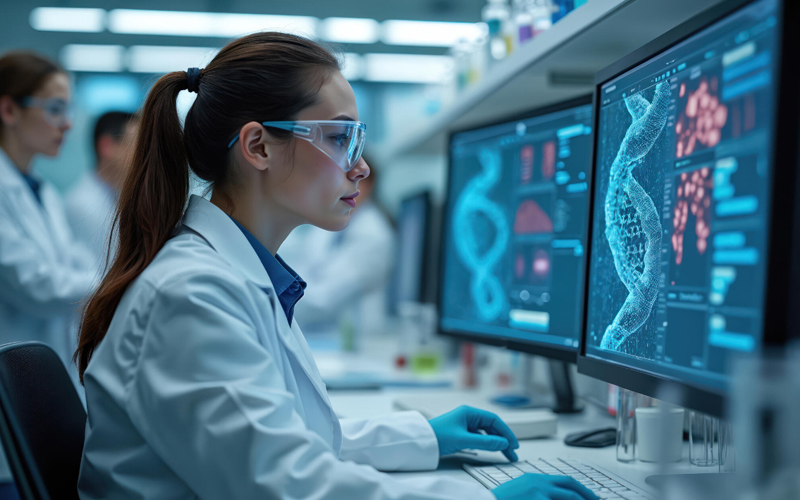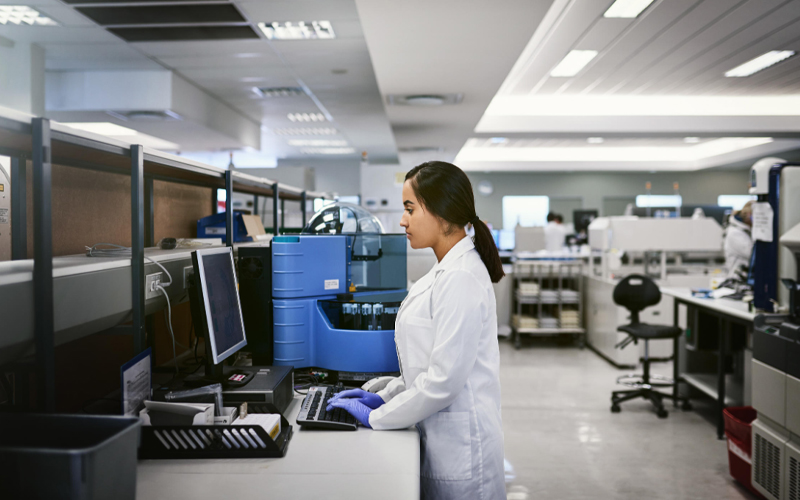According to the Stanford Medicine Health Trends 2020 survey of more than 700 US physicians, residents, and medical students, over 80% of physicians find data from patients' wearable technology valuable in clinical care management. Devices in the form of small coin-sized patches or wearable on the wrist or finger are helping people monitor their health, manage chronic illnesses, detect early-stage conditions before they develop into diseases, and work as drug-delivery systems. Healthcare wearable devices (HWDs) are now being used to monitor and treat a range of ailments ranging from physiological conditions, like hypertension and muscle disorders, to neurological ones like Parkinson's and Alzheimer's. Some of the most commonly used healthcare wearables are fitness bands, smart watches, ECG monitors, BP monitors, and biosensors.
Different kinds of wearable devices exist, like skin-based, biofluidic, and smart lenses. Skin-based wearables are textile or epidermal contact devices. Textile-based devices are attached to garments, while epidermis devices are electronic-skin-based and adhere to the skin like tattoos. Skin-based devices can also be in the form of rings, watches, or earphones. Biofluidic HWDs monitor biomarkers in body fluids like saliva, urine, tears, and sweat. Human body conditions are reflected in biofluids like sweat, and evaluating the fluids provides information about the body's physiological health and indications of diseases. HWDs are also found to be very effective as drug delivery systems. These HWDs are structured with refillable drug stores, sensors to check for activation, and microneedles for drug release.
Applications of wearable technology have risen dramatically after integration with big data and AI, including better hospital patient management, disease screening, mental disorder diagnosis and monitoring, and disease-management-related decision-making support. HWDs generate vast clinical data like body temperature, BP, sugar level, and pulse rate. When combined with other clinical data, like electronic health records (EHRs), lab tests, and imaging scans, devices' real-time data can provide valuable insights. AI-based big data analytics can process and analyse the data to make better judgements and recommendations in real time. ML algorithms are the most adapted to scaling analytics and insights for larger populations as the algorithms learn and perform better with the increase in relevant input data.
HWDs can usher in a world of proactive, preventative, and personalised medical care. These devices promote remote patient monitoring by transmitting real-time data, enabling care providers to receive all necessary parameter readings and prescribe timely and accurate treatment. The capability to monitor and receive patient data remotely, significantly lessens the workload on healthcare workers. Caregivers can reduce the number of in-person visits while still being able to provide quality care. HWDs can play a pivotal role in high-cost drug development programs by vastly improving data collection, measurement, and assessment, thereby reducing the time, cost, and resources needed to introduce critical new treatments.
Wearable devices allow patients to be more involved and engaged in their care. For instance, cardiac patients with wearable devices can be alerted to irregularity in the heartbeats, opt to run an ECG, and record and transmit the data to their clinician, enabling the patient to provide prompt and accurate data that ensures optimum treatment. AI-enabled wearable device technology has self-learning predictive capabilities that can considerably reduce costs by highlighting the silent onset of conditions before the manifestation of symptoms. Early detection facilitates low-cost, better-prognosis treatments.
A large percentage of patients struggle with medication adherence for chronic diseases. Wearable devices can substantially boost adherence through alerts and reminders to the users. The devices can detect a missed dose and accordingly inform caregivers. Drug delivery wearables can automatically inject a dose as and when prescribed by the physician. HWDs can also help with adherence to the advised physical regimen for a patient. Fitness devices track data holistically, from steps to oxygenation levels and heart rate variability.
Consumer privacy is a massive concern with regard to wearable devices. Most consumers are unaware of the depth and details of shared information and the parties who are privy to the information. Companies must take responsible stewardship of consumer data and be transparent about its usage. Strict, thorough, and lucid regulation must be established, and compliance should be ensured. Another factor that negatively impacts the adoption of wearables is potential health concerns. Manufacturers must prioritise safeguarding consumer health.
HWDs can transform patient care from being episodic to continuous and, by further integration with the traditional healthcare system, can increase innovation, enhance efficiency, and promote productivity on a large scale.







